CrossFit
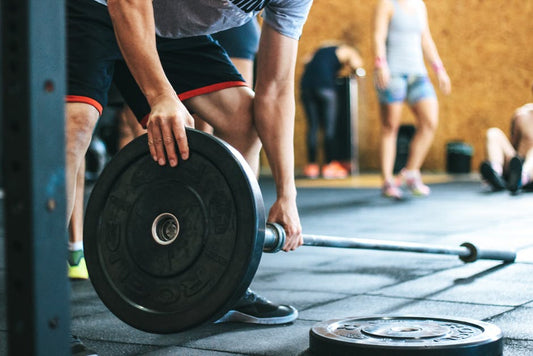
Why You Should Include Goblet Squats in Your Cr...
Goblet squat is a technique that has been adopted by a large number of CrossFit athletes, and it majorly involves performing squat without using a long list of cues. There...
Why You Should Include Goblet Squats in Your Cr...
Goblet squat is a technique that has been adopted by a large number of CrossFit athletes, and it majorly involves performing squat without using a long list of cues. There...
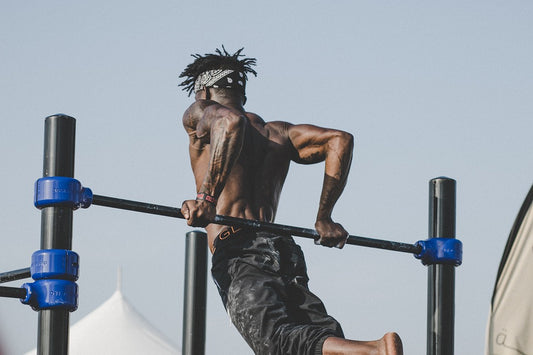
3 Advantages of Performing Toes to Bar Cross Tr...
Some of the top CrossFit athletes display amazing levels of abdominal training and core strength. When you get an opportunity to watch CrossFit games, you will undoubtedly see some of...
3 Advantages of Performing Toes to Bar Cross Tr...
Some of the top CrossFit athletes display amazing levels of abdominal training and core strength. When you get an opportunity to watch CrossFit games, you will undoubtedly see some of...
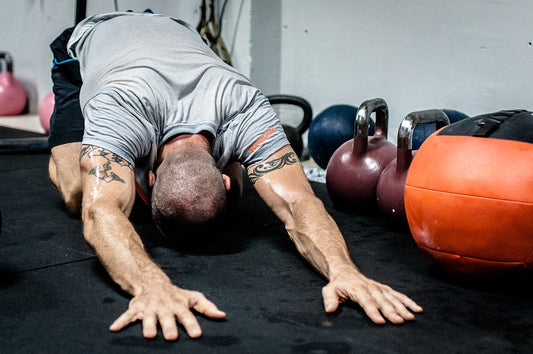
Cross Training Exercises: Respecting the Cross ...
When you go to a CrossFit gym, you may find one of the two types of CrossFit. The first type consists of an exercise routine with functional movements performed at...
Cross Training Exercises: Respecting the Cross ...
When you go to a CrossFit gym, you may find one of the two types of CrossFit. The first type consists of an exercise routine with functional movements performed at...

Cross Training Exercise: Why Post-Workout Hydra...
Serious CrossFit athletes will tell you that recovering from a CrossFit workout is as crucial as the effort they have put into the workout. That said, hydration, one of the...
Cross Training Exercise: Why Post-Workout Hydra...
Serious CrossFit athletes will tell you that recovering from a CrossFit workout is as crucial as the effort they have put into the workout. That said, hydration, one of the...
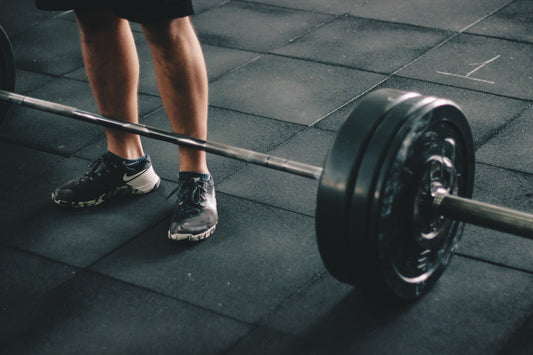
Cross Training Workout: Understanding a Thruste...
The thruster is one of those exercises that is synonymous with CrossFit. After all, the term was first coined right in the CrossFit industry. Over the years, the thruster has...
Cross Training Workout: Understanding a Thruste...
The thruster is one of those exercises that is synonymous with CrossFit. After all, the term was first coined right in the CrossFit industry. Over the years, the thruster has...
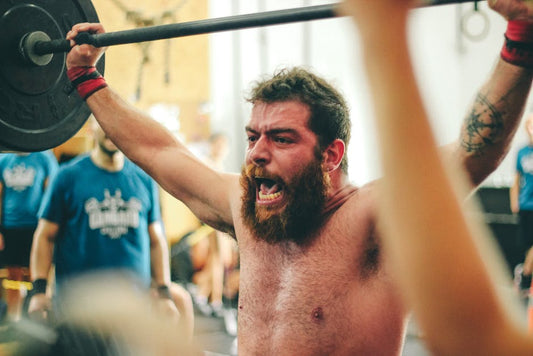
Training Traps to Avoid for Success in Cross Tr...
CrossFit training is a lifestyle and practically a never-ending journey. When you begin, you put goals which you want to achieve, but the moment you attain them, you quickly set...
Training Traps to Avoid for Success in Cross Tr...
CrossFit training is a lifestyle and practically a never-ending journey. When you begin, you put goals which you want to achieve, but the moment you attain them, you quickly set...

